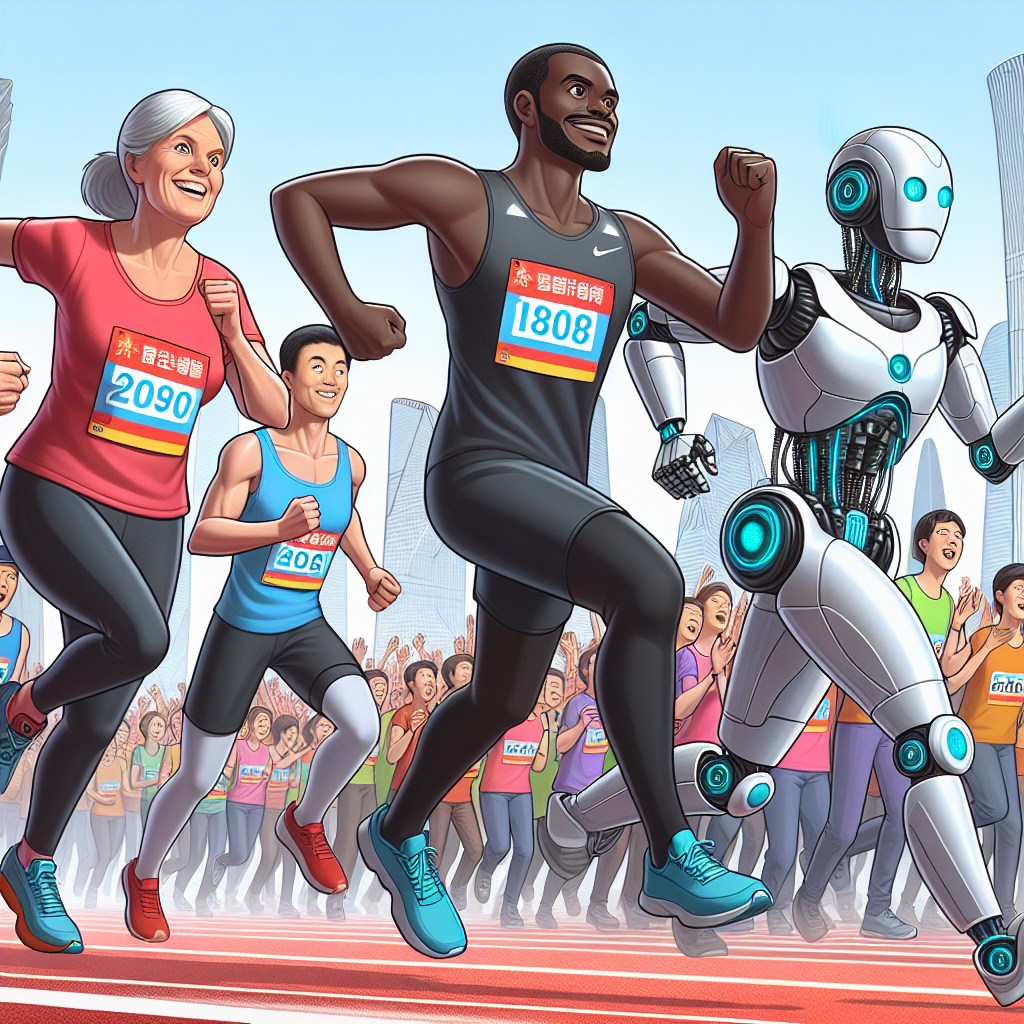Humans Triumph Over Robots in Beijing Half-Marathon
Humans Triumph Over Robots in Beijing Half-Marathon
Overview
The Beijing Half-Marathon witnessed a unique competition where human runners outpaced their robotic counterparts. This event highlighted the current capabilities and limitations of robotic technology in endurance sports.
Key Highlights
- Event Date: The marathon took place on a sunny Sunday morning, attracting a large crowd of spectators.
- Participants: The race featured a mix of professional athletes, amateur runners, and a team of advanced robots designed for endurance running.
- Outcome: Human runners dominated the race, with the fastest robot finishing significantly behind the leading human participants.
Technological Insights
The event served as a testing ground for the latest in robotic technology, showcasing both advancements and areas needing improvement:
- Robotic Design: The robots were equipped with state-of-the-art sensors and AI algorithms to navigate the course.
- Performance Challenges: Despite their advanced design, robots struggled with energy efficiency and terrain adaptability.
Human Edge
Human runners demonstrated superior adaptability and endurance, highlighting the current gap between human and robotic capabilities in dynamic environments:
- Adaptability: Humans excelled in adjusting to varying terrain and weather conditions.
- Endurance: The ability to maintain a steady pace over long distances proved advantageous for human participants.
Conclusion
The Beijing Half-Marathon underscored the resilience and adaptability of human athletes compared to their robotic counterparts. While robots continue to make strides in technology, this event highlighted the enduring edge humans hold in complex, real-world scenarios. As technology evolves, future races may see a closer competition, but for now, humans remain the champions of endurance running.






































